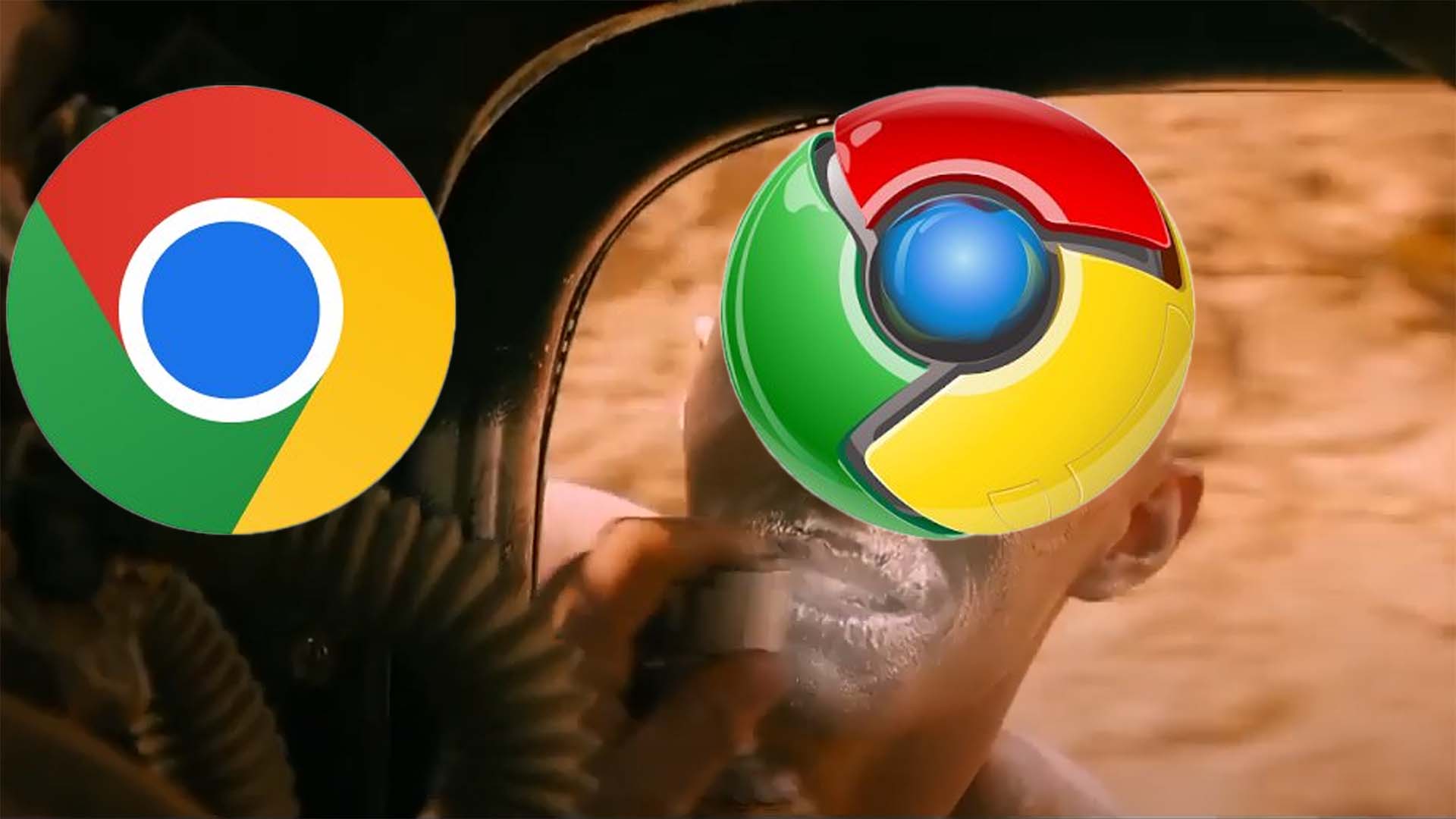Google updates Chrome logo after 8 years, still isn't shiny and chrome enough
Google simplifies the Chrome web browser's logo once again.

Huge news from Google HQ: the company is changing the Chrome web browser logo for the first time in eight years. And it's stunningly—well, not all that different.
To be fair, the new logo is clearly different to the previous one, when viewed side-by-side anyways. It's brighter, cleaner, and Google has taken the design equivalent of a 10,000 LED light to the front of the logo to eradicate any hint of shadow.
That may not be the exact logo you end up seeing on your device, however. Google is rolling out bespoke logos for each major OS, including Windows 10/11, ChromeOS, and iOS. The changes between each OS are rather minimal, too.
Google Chrome designer Elvin, in a Twitter thread, outlines the changes and the thinking behind them. You won't be surprised to hear that there's actually more to the logo overhaul than 'that, but flat'.
Some of you might have noticed a new icon in Chrome’s Canary update today. Yes! we’re refreshing Chrome’s brand icons for the first time in 8 years. The new icons will start to appear across your devices soon. pic.twitter.com/aaaRRzFLI1February 4, 2022
Of course, there's no beating the true Chrome logo, oh so shiny and so chrome and first of its name, from 2008. Though this new logo did get us thinking about what's next for Google.
Where do you go from reductionist, simple colours and clear-cut shapes? Will UI ever return to the bevelled, shiny hellscape that was the MSN Messenger aesthetic on Windows XP? Is it better now or just devoid of anything at all? Are famous logos all set to be simmered down to their absolute qualities because our human brains have been so taught to recognise these basic shapes as tied to a brand that these brands needn't do anything more exciting to entice us to use their products?
All interesting questions, though definitely too deep for a Monday morning news post on Google's new, rather unexciting, Chrome logo.
Keep up to date with the most important stories and the best deals, as picked by the PC Gamer team.
In more practical news, a Chrome extension has been recently shown to put a significant dent in Chrome's RAM demands. Now that's the kind of reductionism I can get behind.

Jacob earned his first byline writing for his own tech blog, before graduating into breaking things professionally at PCGamesN. Now he's managing editor of the hardware team at PC Gamer, and you'll usually find him testing the latest components or building a gaming PC.

